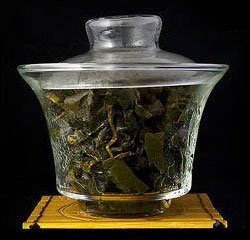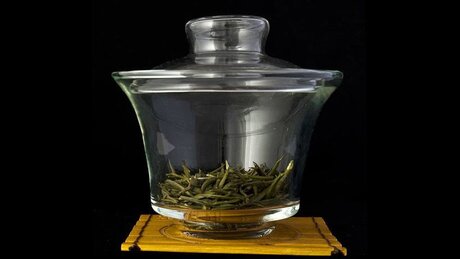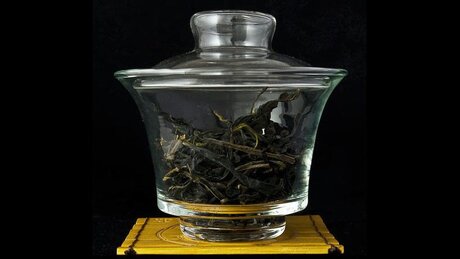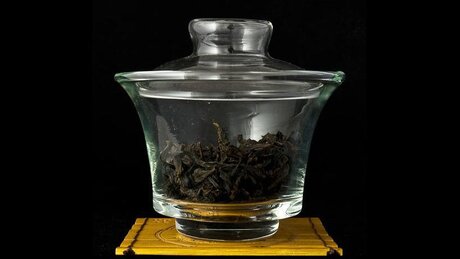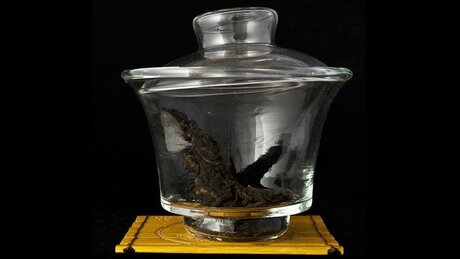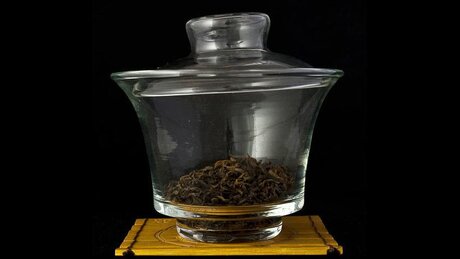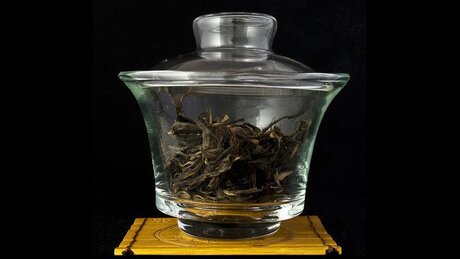If you are a beginner in tea brewing however intend to do it properly, than you will need the following utensils:
- scales
- thermometer
- chinese tea-ware for brewing
Off course, you can measure «by-sight», brew in a regular tea pot and cool the water based by your own sensation. But we are learning to brew tea properly, so the aforementioned utensils wouldn’t go amiss and will come in handy further on. Practicing to brew with these utensils you will steep and measure the temperature, weight and volume correctly.
Many people will be right to mention that tea in China is more than a mere beverage, it is an art and poetry not to be distracted by measuring temperature and volume. My answer is: learn how to brew correctly and try the real flavor of the tea before you start experimenting and expressing yourself. As Dali puts it: «At first you should learn to draw and paint as old masters, and do anything you want after that — everybody will respect you».
To drive the point home I’ll give an example from my own life. For many years I’ve been measuring tea «by sight», but coming in China I’ve been always surprised that the natives brew much stronger tea. At first the taste was odd but after a week or more on such tea I could not drink it the old way: there was no enough flavor, especially in oolongs. Later on, when studying Chinese sources, I discovered that the correct proportion was to take 7 grams of pu’er and oolong or 5 grams of other teas per 100ml of water. My tea became consistently tasty and I re-trained my «sight» to these new weights. Now I always brew tea in my favorite gaiwan «by sight». In other words, after learning the real flavor of tea I have tuned my brewing skills in line with correct practices. And they will be hard to disregard further on. You will always sense if you steeped it right and how completely delivered the flavor.
| Type of Tea | Weight per 100ml | Water Temperature °C | Best Material | Worst Material |
|---|---|---|---|---|
| Green | 5 gram | 70-80 | Glass | Yixing clay |
| Yellow | 5 gram | 80-90 | Glass | Yixing clay |
| White | 5 gram | 95-100 | Porcelain, clay | |
| Red | 5 gram | 90-100 | Porcelain, clay | Glass |
| Oolong | 7 gram | 95-100 | Yixing clay | Glass |
| Dark (pu’er) | 7 gram | 100 | Porcelain, clay | Glass |
When brewing pu’er and oolong the first steeping is discarded as insufficiently saturated. This information is to be kept in mind and applied, and you will always get most splendid tea.


